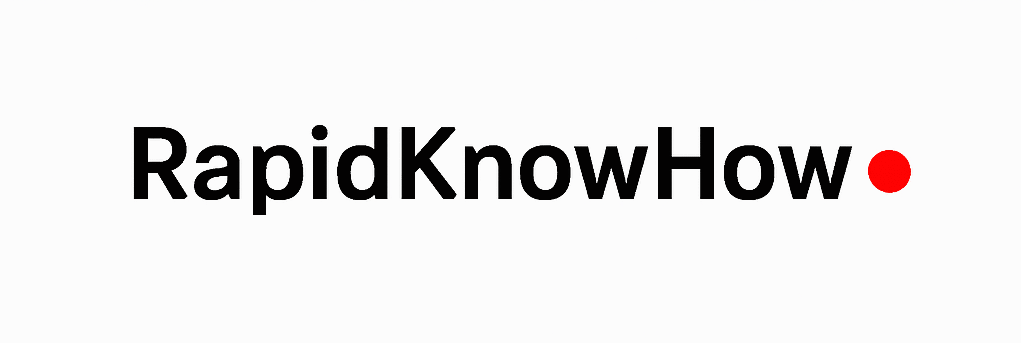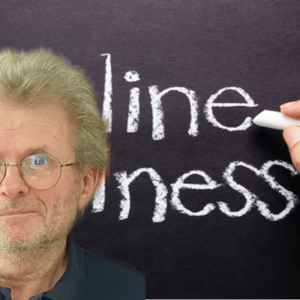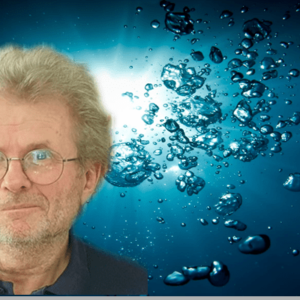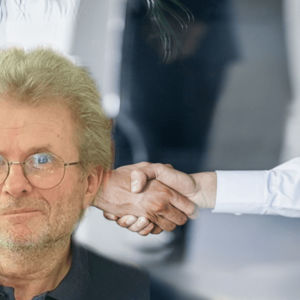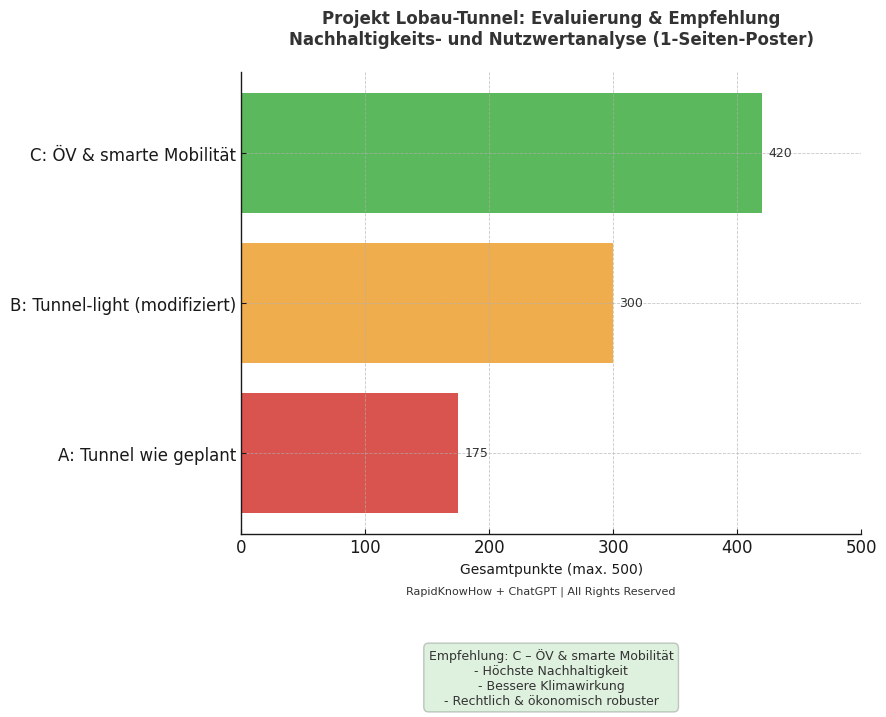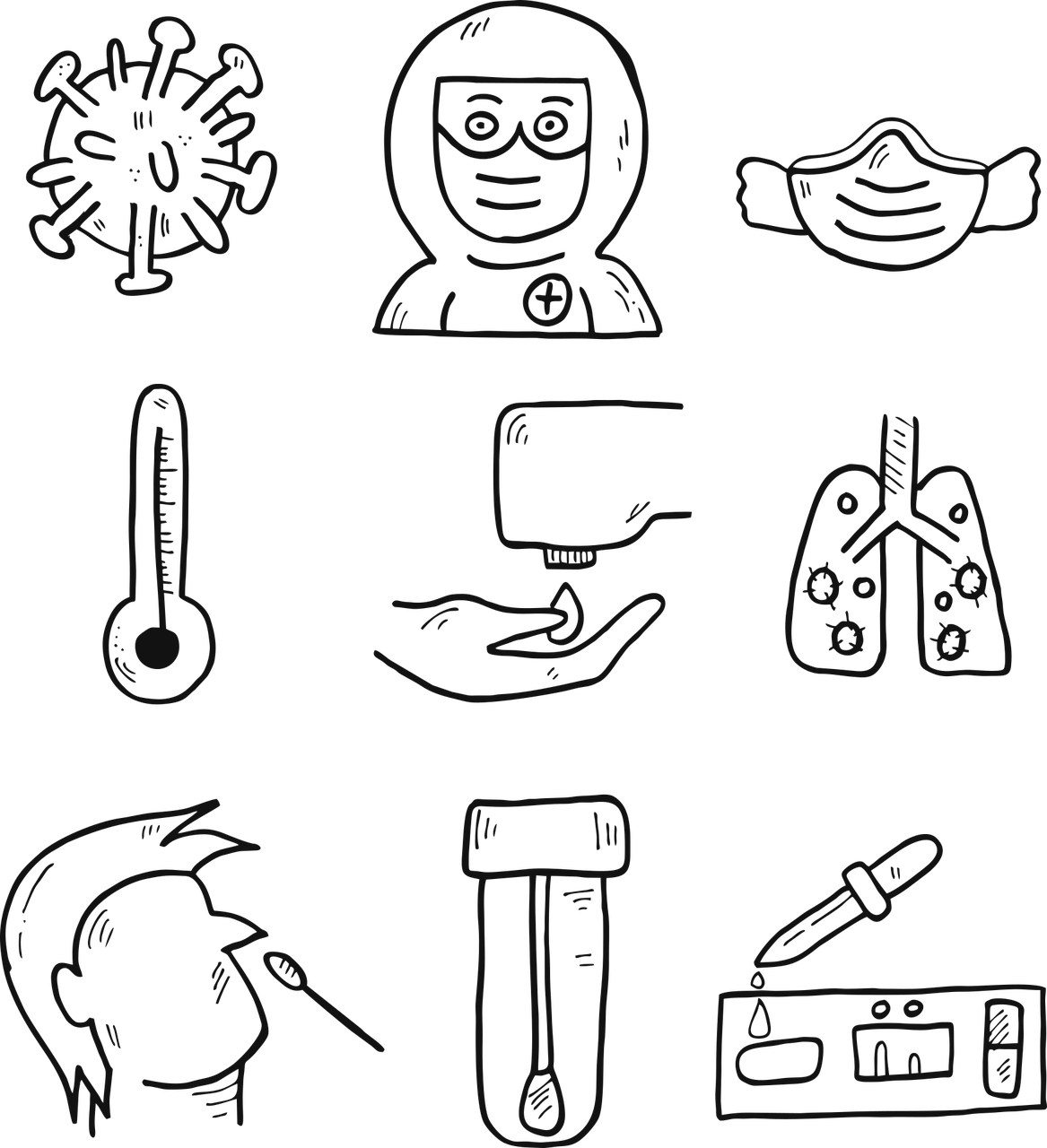A RapidKnowHow Strategic Analysis for Leaders, Entrepreneurs & Citizens
1. The THEORETICAL Power Structure (What the Constitution Claims)
Austria is officially described as a parliamentary representative democracy with clear separation of powers.
1.1 Legislative Power (Parliament)
- Nationalrat → Represents the citizens, passes laws, controls the government.
- Bundesrat → Represents the federal states.
- Functions: lawmaking, oversight, public accountability.
1.2 Executive Power (Government)
- Federal Chancellor + Ministers → Execute laws, run administration.
- Governors (Landeshauptleute) → Implement policies in federal states.
1.3 Judicial Power
- Constitutional Court (VfGH) → Ensures constitutionality.
- Administrative Court (VwGH) → Controls public administration.
- Criminal and civil courts → Independent, impartial.
1.4 Fourth Power (Media)
- Free press to inform, investigate, challenge power.
Conclusion:
On paper, Austria is a balanced, transparent, accountable democracy with checks and balances.
2. The REAL Austrian Power Structure (2020–2025)
The real power is not where the constitution claims it is.
Austria operates as a Hybrid Political-Administrative Cartel System:
2.1 Deep Administrative State (Verwaltungsapparat)
Real Power #1
- Long-term bureaucrats, not elected politicians, decide the pace, interpretation, and enforcement of policies.
- Experts call it the „Verwaltungsmonarchie“ — ministries rule themselves.
- Ministers change; bureaucratic layers remain and decide.
Mechanisms of Control
- Delaying critical reforms
- Selective enforcement
- “Missing files”, “internal guidelines”
- Administrative complexity as a weapon
2.2 Party-State Networks (ÖVP, SPÖ, parts of FPÖ & Grüne)
Real Power #2
Political appointments occupy key posts in:
- Ministries
- Public agencies
- Supervisory boards
- Police command
- Universities
- Hospital networks
- Courts (via selection commissions)
This creates a closed-loop ecosystem:
Party → Appointed leadership → Controlled budget → Jobs → Loyalty → Votes → Media control → Party
A circular power reinforcement mechanism.
2.3 Chambers & Corporatist Bodies (WKO, ÖGB, ÖRK, LK)
Real Power #3
Austria is one of the last true corporatist republics.
The mandatory membership structure ensures:
- Money flow
- Centralized agendas
- High coordination capability
- Political influence far beyond public awareness
In practice:
- WKO = Government partner
- ÖGB = Policy partner
- Agrar-Kammern = Budget power players
These bodies act as quasi-governmental institutions with low transparency.
2.4 State-Owned & Semi-State-Owned Enterprises
Real Power #4
Key sectors are controlled directly or indirectly:
- Energy (Verb und, Wien Energie, EVN)
- Infrastructure (ASFINAG, ÖBB)
- Broadcasting (ORF)
- Healthcare (KAV/WiGev, ÖGK)
In these structures, party and bureaucratic networks meet money.
2.5 Media Cartel (Traditional + Subsidy-Dependent)
Real Power #5
Austria’s media structure is concentrated + subsidized + politically intertwined.
Largest players depend on:
- Government ads
- Mandatory public revenues (GIS)
- Access to high-rank insiders
This shapes narratives, suppresses certain debate topics, and protects networks.
2.6 NGO–Academia–Expert Ecosystem
Real Power #6
Selected NGOs, institutes, and academics receive public funding for:
- research
- reports
- expertise framing
This produces a self-reinforcing intellectual legitimacy layer for political decisions.
2.7 Hidden Financial Streams (Subsidies & Procurement)
Real Power #7
Billions flow through:
- public procurement
- infrastructure projects
- health sector contracts
- emergency “crisis” budgets (COVID, energy, migration)
Procurement in Austria is:
- opaque
- complex
- insider-driven
- rarely audited in real-time
This is the economic bloodstream of the real power system.
3. REAL vs THEORETICAL: The Structural Gap
| Dimension | Theoretical (Ideal) | Real (2020–2025) |
|---|---|---|
| Decision Power | Parliament | Bureaucracy + Party networks |
| Ministerial Control | Elected ministers lead | Ministerial bureaucracy dominates |
| Rule of Law | Independent, neutral | Politically influenced via appointments |
| Media Freedom | Investigative, critical | Subsidy-driven alignment |
| Transparency | High | Low, selective, delayed |
| Crisis Governance | Evidence-based | Narrative-based, centralised |
| Accountability | Clear | Diffused, diluted |
Gap Summary:
Austria functions as a soft hybrid state:
Democratic on paper, corporatist-bureaucratic in practice.
4. Why the Real Power System Sustains Itself
4.1 Stability over innovation
Networks prioritize predictability over disruptive change.
4.2 Mutual protection system
Politicians, media, bureaucrats, and corporations protect each other.
4.3 Incentive alignment
Everyone inside the system benefits from:
- secure jobs
- controlled narratives
- reliable procurement cycles
- predictable political environment
4.4 Fragmented opposition
Citizens, experts, SMEs lack coordinated power structures.
4.5 Complexity as a power shield
The system is too complex for public oversight.
5. Who Loses Under the REAL System?
- Citizens → less transparency, low accountability
- SMEs → market entry barriers
- Innovators → slow permissions and bureaucracy
- Healthcare consumers → structural delays
- Taxpayers → costly inefficiencies
- Journalists → limited space for independent investigation
- Young talent → migrates due to lack of meritocracy
Austria becomes a status-quo country, not a transformation leader.
6. The Future: How Austria Could Shift from REAL → IDEAL
6.1 Radical Transparency by Default
- All budgets, subsidies, procurement publicly visible
- 100% digital audit track in real-time
6.2 AI-Driven Accountability Systems
- Automated corruption detection
- Dashboard transparency for citizens
- Algorithmic fairness audits for ministries
6.3 Citizen-Executive Model (“Executor Democracy”)
From 2030:
- Citizens co-create policy
- AI verifies feasibility
- Government executes, not dictates
- Parliamentary oversight remains as control layer
6.4 Depoliticising appointments
- Merit-first selection systems
- Rotational leadership
- Transparent scoring of candidates
6.5 Media Independence
- No advertising from ministries
- End subsidies, introduce competitive funding models
- Public broadcaster as a “truth guarantor” with open-source transparency
7. Strategic Conclusion (RapidKnowHow Style)
Austria is NOT failing because politicians are bad.
It is failing because the REAL system is structurally misaligned with:
- innovation
- accountability
- citizen empowerment
- economic resilience
- geopolitical complexity
The REAL system is built for the 1980–2010 world.
It is not built for the AI, geopolitical, and economic shocks of the 2025–2030 era.
Austria must shift from a Hidden Power Cartel → to a Transparent Citizen-Executor Model.
Only then does Austria reach stable prosperity, innovation, and geopolitical relevance.- Josef David
